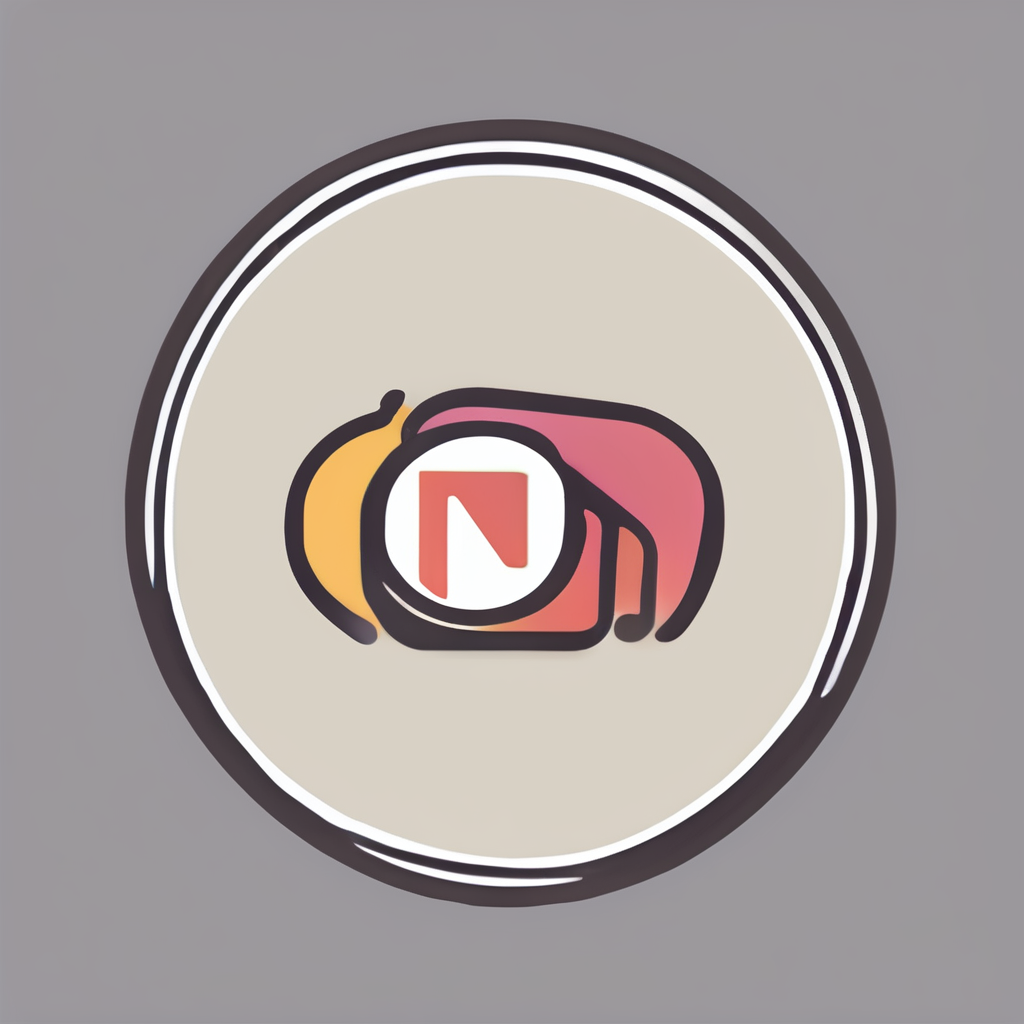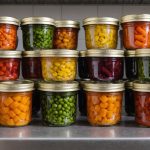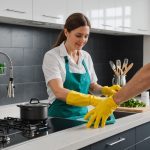Maintaining a clean and sanitized kitchen is crucial for ensuring food safety and maintaining a healthy home environment. While the UK is renowned for its culinary delights, it’s also essential that the tools and surfaces used in meal preparation meet hygiene standards. With a plethora of kitchen products ranging from cutting boards to appliances, understanding the most effective ways to clean and sanitize them is vital. This guide provides comprehensive insight into keeping your kitchen products spotless and germ-free.
Understanding the Importance of Cleaning and Sanitizing
In the hustle and bustle of daily life, the kitchen often becomes a hub of activity. It’s a space where meals are crafted, conversations spark, and family and friends gather. However, with this activity comes the potential for germs and bacteria to thrive. Understanding the importance of cleaning and sanitizing your kitchen products is fundamental in preventing foodborne illnesses and extending the life of your kitchen tools.
Additional reading : What are the best uk-kitchen-products for cooking with kids?
Cleaning entails removing dirt, food particles, and grease from surfaces, while sanitizing involves killing or significantly reducing bacteria and pathogens. Both these processes are integral in maintaining a hygienic kitchen.
Why It Matters:
Also to see : What uk-kitchen-products are recommended for food preservation techniques?
- Preventing Illness: Bacteria such as Salmonella, E. coli, and Listeria can linger on surfaces and tools.
- Extending Product Life: Regular maintenance can prevent wear and tear.
- Ensuring Food Quality: Clean tools ensure that food is prepared in a safe environment.
By making routine cleaning and sanitizing a priority, you can safeguard your household against health risks and enjoy your kitchen for years to come.
Essential Kitchen Products and Their Cleaning Regimens
Your kitchen is a treasure trove of essential tools, each requiring specific cleaning methods to maintain their longevity and hygiene. From cutting boards to appliances, understanding the best practices for each can make all the difference.
1. Cutting Boards:
- Material Matters: Wooden cutting boards require different care than plastic ones. While plastic boards can often be placed in the dishwasher, wooden boards should be hand washed with hot, soapy water.
- Sanitizing: After cleaning, sanitize wooden boards with a solution of 1 teaspoon of bleach in 1 litre of water. Rinse thoroughly.
- Maintenance: Regularly oil wooden boards to prevent cracking and maintain their surface integrity.
2. Knives:
- Cleaning: Always hand wash knives in warm, soapy water immediately after use.
- Avoid the Dishwasher: The high heat can damage the handle and dull the blade.
- Storage: Use a knife block or magnetic strip to avoid dulling the blade when not in use.
3. Appliances:
- Regular Wiping: Appliances like microwaves and ovens should be wiped down weekly with a vinegar-water mixture.
- Deep Cleaning: Periodically run empty cycles with vinegar in dishwashers and washing machines to remove build-up.
4. Utensils and Cookware:
- Hand Washing: Non-stick and cast-iron cookware benefit from gentle hand washing.
- Dishwasher Safe: Stainless steel and glass items can typically withstand dishwasher cycles.
By tailoring your cleaning routines to the specific needs of each product, you ensure their functionality and cleanliness, providing a safe environment for food preparation.
The Role of Natural Cleaners in Kitchen Sanitization
In recent years, the shift towards eco-friendly and natural cleaning solutions has gained momentum. These alternatives not only provide an effective means of cleaning but also diminish exposure to harsh chemicals. Embracing natural cleaners for your kitchen products can be both cost-effective and environmentally friendly.
Popular Natural Cleaners:
- Vinegar: Known for its acidic properties, vinegar can remove grease and disinfect surfaces.
- Baking Soda: An excellent abrasive that effectively tackles stubborn stains and odours.
- Lemon Juice: With natural antibacterial properties, lemon juice freshens and cleans.
Application Tips:
- Surface Spray: Combine equal parts vinegar and water in a spray bottle for an all-purpose cleaner.
- Scrubbing Paste: Mix baking soda with water to form a paste for scrubbing pots and pans.
- Odour Neutralizer: Place a small bowl of baking soda in the fridge to absorb odours.
Natural cleaners are not only kind to the environment but also safer for households with young children and pets. By incorporating them into your kitchen cleaning routine, you contribute to a more sustainable and chemical-free lifestyle.
Best Practices for Maintaining a Hygienic Kitchen Environment
Creating a hygienic kitchen environment goes beyond regular cleaning. It’s about establishing habits and routines that prevent the accumulation of bacteria and ensure your kitchen remains a haven for safe food preparation.
Daily Practices:
- Wipe Down Surfaces: At the end of each day, wipe down countertops and cooking surfaces with a disinfectant to remove any lingering bacteria.
- Regular Garbage Disposal: Empty bins daily to prevent the buildup of bacteria and odours.
- Food Storage: Ensure all food is stored in airtight containers to maintain freshness and prevent cross-contamination.
Weekly Tasks:
- Appliance Care: Give your appliances, such as microwaves and ovens, a thorough wipe-down to remove food splatters and residues.
- Laundry Duties: Wash dish towels and sponges regularly to prevent the spread of bacteria.
Long-Term Strategies:
- Declutter: Keep your kitchen organized and free from unnecessary items, making cleaning more manageable and efficient.
- Routine Checks: Regularly inspect kitchen products for wear and tear, replacing items as needed to ensure optimal functionality.
By adopting these practices, you not only maintain a clean kitchen but also instill a culture of hygiene and efficiency within your household.
Maintaining cleanliness in the kitchen is a cornerstone of home safety. As custodians of our household’s health, it’s our duty to ensure that our kitchen products remain clean and sanitized. By understanding the distinct cleaning processes for different kitchen tools, embracing natural cleaning solutions, and adhering to daily, weekly, and long-term hygiene practices, you safeguard your kitchen against hazards and enhance its lifespan. Let these practices become second nature, ensuring your kitchen remains the heart of the home—clean, safe, and inviting for everyone.











